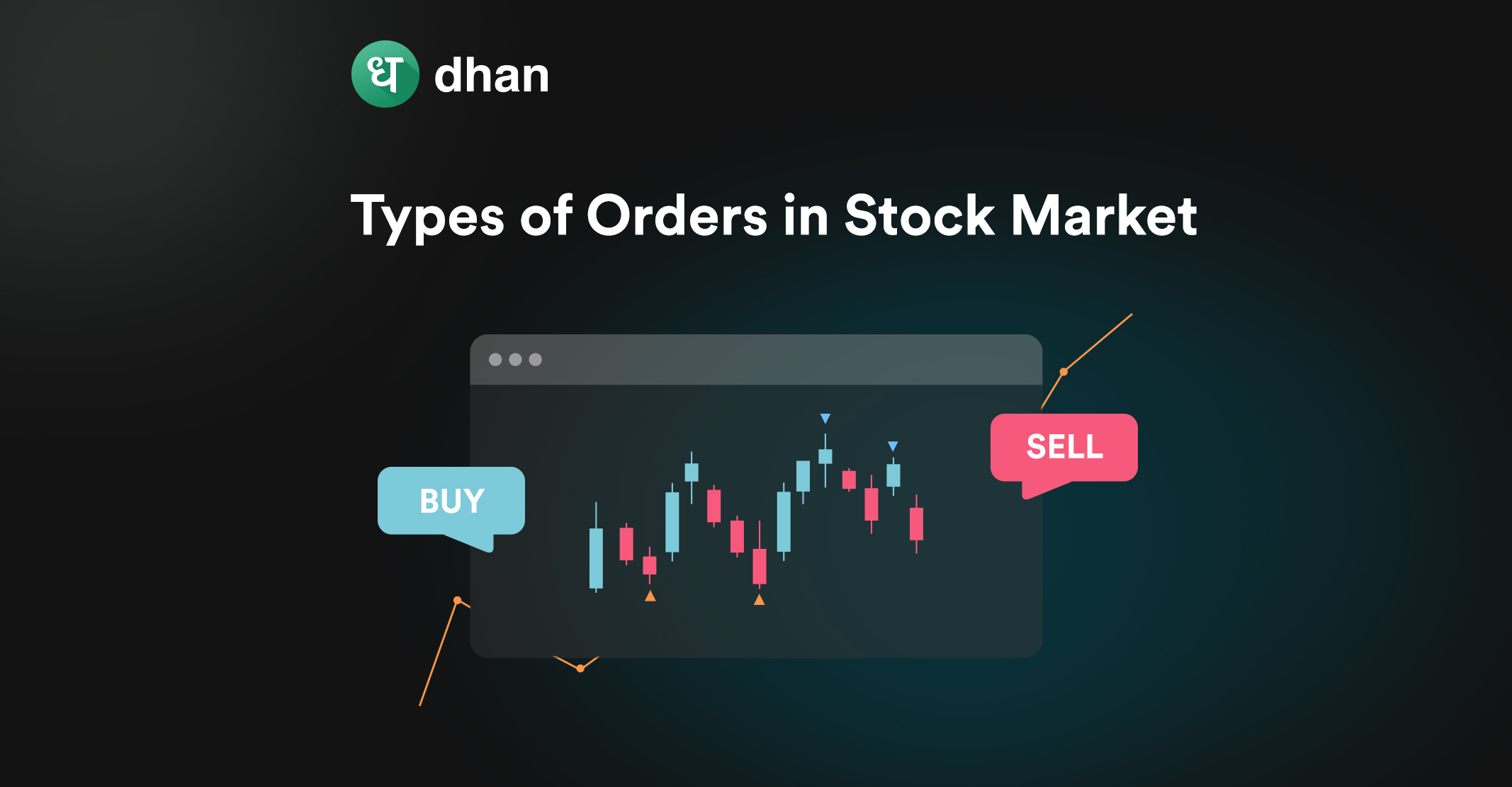The world of online stock trading can be complex. Even the smallest of actions have the potential to drive profit and loss.
That’s why, as a trader, you must tread with care and this is where the essential tool, the trading journal enters the picture.
What is a Trading Journal?
A trading journal is a logbook that records profit & loss, total trades, transaction charges, brokerage, and other details. These details can be viewed for every day on which a trade is made.
The best trading journal would allow you to add your observations so that you can analyze what went right or wrong in every trade – good or bad.
By helping you document your trades, decisions, and notes, a journal for trading can help you unlock crucial insights into your strategy.
In fact, your observations will be logical (not emotional) because they will be based on factual information and numbers (reality).
This knowledge can help you make informed decisions that will, in turn, drive you to refine strategies, identify patterns, and improve your approach to trading.
Benefits of a Trading Journal
Actively documenting your trades, decisions, and emotions provides a clear understanding of your performance.
Here’s a complete list of benefits offered by a trading journal.
1. Introspection
Past experiences in the share market can help you gain valuable lessons for the future, especially when it comes to your actions.
Thus, introspecting and understanding what may have gone right or wrong for you via daily trading analysis can be useful.
2. Pattern Recognition
By maintaining a journal for trading, you can get better at spotting patterns.
These patterns will point to the strengths and weaknesses of your stock, futures, or options trading strategies.
3. Objective Decision-Making
Once you’ve introspected and identified patterns, you’ll have sufficient confidence and knowledge to make objective decisions.
Whether it’s sticking to the strategy, making small tweaks, or radically changing your entire approach to trading, a trading journal can help you get more out of your trading journey.
Components of a Trading Journal
By maintaining a detailed trading journal, you can equip yourself with powerful information for self-improvement.
But first, you need to understand the components of a trading journal. Here’s a breakdown of these essential components.
1. Trade Entry Information
- Date and Time: Note down the date and time of each trade to track your trading frequency and timing.
- Trading Instrument: Identify the trading instrument involved, ensuring you know which assets you are trading.
- Trade Direction: Specify the trade direction (buy/sell) to keep a clear record of your market positions.
- Entry Price: You must record the entry price to analyze your accuracy in executing trades.
- Stop Loss and Take Profit Levels: Document these levels, ensuring you have a risk management plan in place.
- Trade Management: Include trade management details, like adjustments made during the trade, such as scaling in or out.
2. Adjustments to Stop Loss or Take Profit Levels
- Partial Profit-Taking: Document any partial profit-taking, recording the reasons for locking in profits.
- Trade Exits and Reasons: Record trade exits and the reasons for closing a position prematurely or at the intended target.
3. Trade Analysis and Reflection
- Trade Outcome: Evaluate each trade outcome (Profit/Loss) to learn from your successes and failures.
- Market Conditions: Analyse market conditions during the trade, considering volatility and overall trends.
- Trade Strategy Used: Describe the trade strategy used to understand which approaches yield better results.
- Emotional State during the Trade: Reflect on your emotional state during the trade, noting how emotions may impact decision-making.
- Performance Metrics: Track performance metrics and statistics, such as win rate, loss rate, and average profits/losses.
4. Total Number of Trades
- Total Trades: Calculate the total number of trades to understand your trading activity and frequency.
- Win Rate and Loss Rate: Assess your win rate and loss rate to understand your overall trading performance.
- Average Profit and Loss: Analyse the average profit and loss, helping you identify trends in your trading outcomes.
- Risk-to-Reward Ratio: Evaluate the Risk-to-Reward Ratio to ensure your trades are adequately balanced.
5. Capturing Visual Representations of Trades
- Identifying Patterns and Trends: Use Trade Screenshots and Charts to visually represent your trades and identify patterns. Analyze these visuals to recognize trends, support/resistance levels, and chart formations.
How to Create Your Trading Journal?
Here are the steps you must follow to create your trading journal:
1. Select the Format
Choose between a Physical Notebook, a Digital Spreadsheet, or Journal Apps based on your preference and ease of use.
2. Physical Notebook vs. Digital Spreadsheet vs. Trading Journal Apps
Assess the pros and cons of each format, considering factors like portability, ease of organization, and data analysis capabilities.
Keep in mind that you can easily access a free trading journal from Dhan by becoming a user.
3. Define the Journal Sections
Determine the essential components to include, such as trade entry details, adjustments, trade analysis, and visual representations of trades.
4. Create a Template
Design a personalized template or explore pre-designed sheets to streamline your journaling process.
5. Consistency and Discipline
Commit to regularly updating your journal with each trade and reflecting on your performance to benefit from its insights and improve your trading strategies.
Trader’s Diary on Dhan
Trader’s Diary on Dhan is the best trading journal to track your trading journey effectively.
It is completely automated and you don’t have to worry about the format or logging the details manually.
Dhan’s trading journal actively records all crucial information related to every trade you make.
Check the image below to know what the Trader’s Diary looks like on Dhan.
You can use the Trader’s Diary to refine strategies, negate emotions, and influence better outcomes by gaining insights into your trading strengths and weaknesses.
Best part? Trader’s Diary is a free trading journal from Dhan.
Importance of a Trading Journal
Think of a journal for trading as your companion. It tells you everything you need to factually know about a trade, right from the traded segment to the P&L.
You can use these facts to extract valuable insights by analyzing past decisions. All this and more while keeping emotions at bay.
How you use it and why you use it will depend on your personal goals.
But at the end of the day, you’ll be able to enhance your analysis, make more informed choices, and ultimately improve your chances of success by using a trading journal.
Conclusion
Creating and maintaining a trading journal is an indispensable step for any trader.
With its ability to provide valuable insights, refine your trading strategies, and enhance decision-making, the journal becomes your key to success in the intricate world of trading.
Embrace this disciplined approach, stay consistent, and let your Trader’s Diary on Dhan guide you toward achieving your financial goals.
The journal becomes your partner, documenting every trade, decision, and emotion. Its simplicity is its strength.
By actively maintaining notes on it, you gain insight into your strengths, weaknesses, and patterns.
In doing so, you empower yourself to make informed choices, optimize strategies, and build a path toward success in this ever-evolving market landscape.
Like this? Then you’ll love these blogs:



